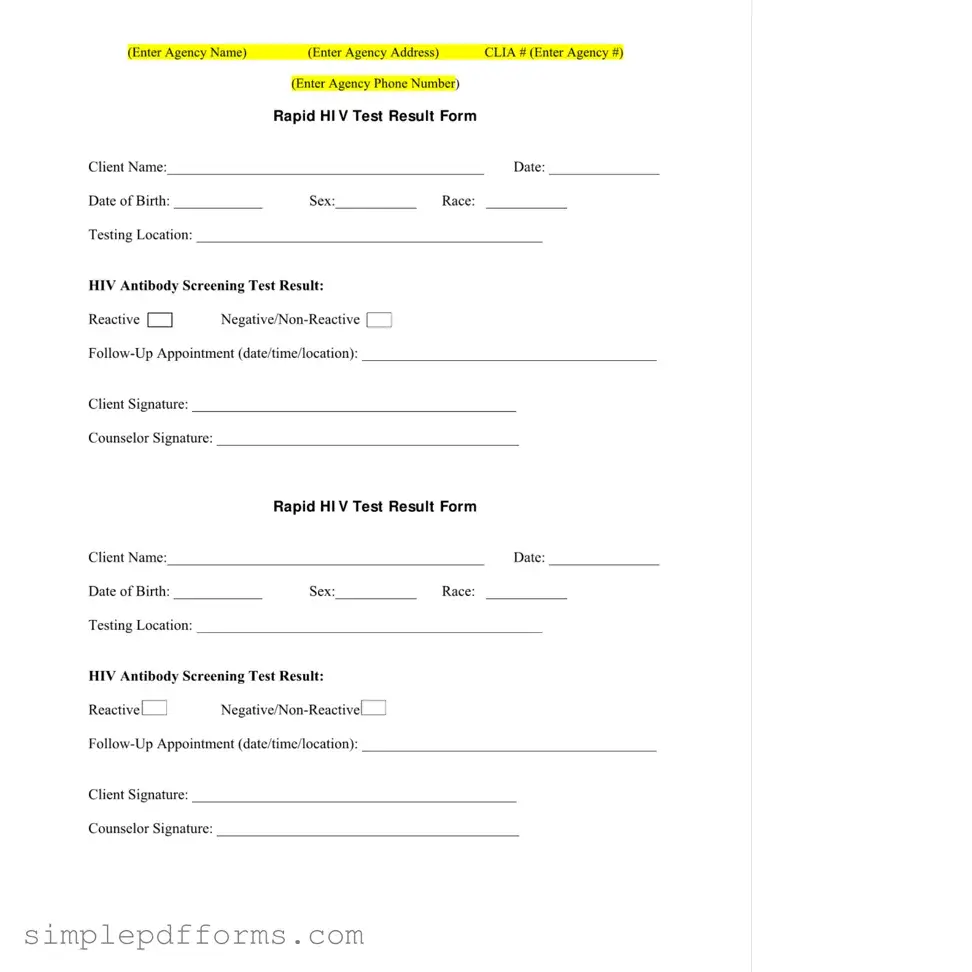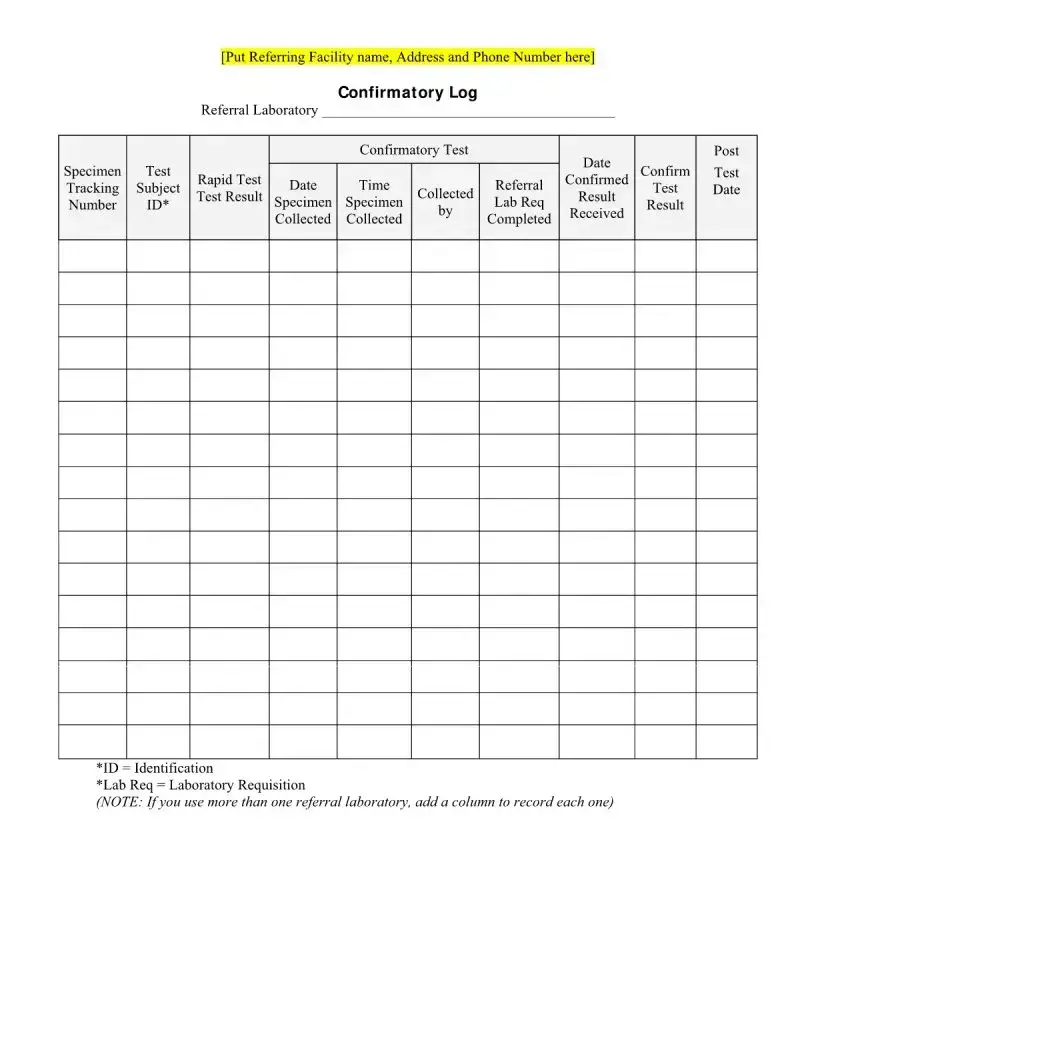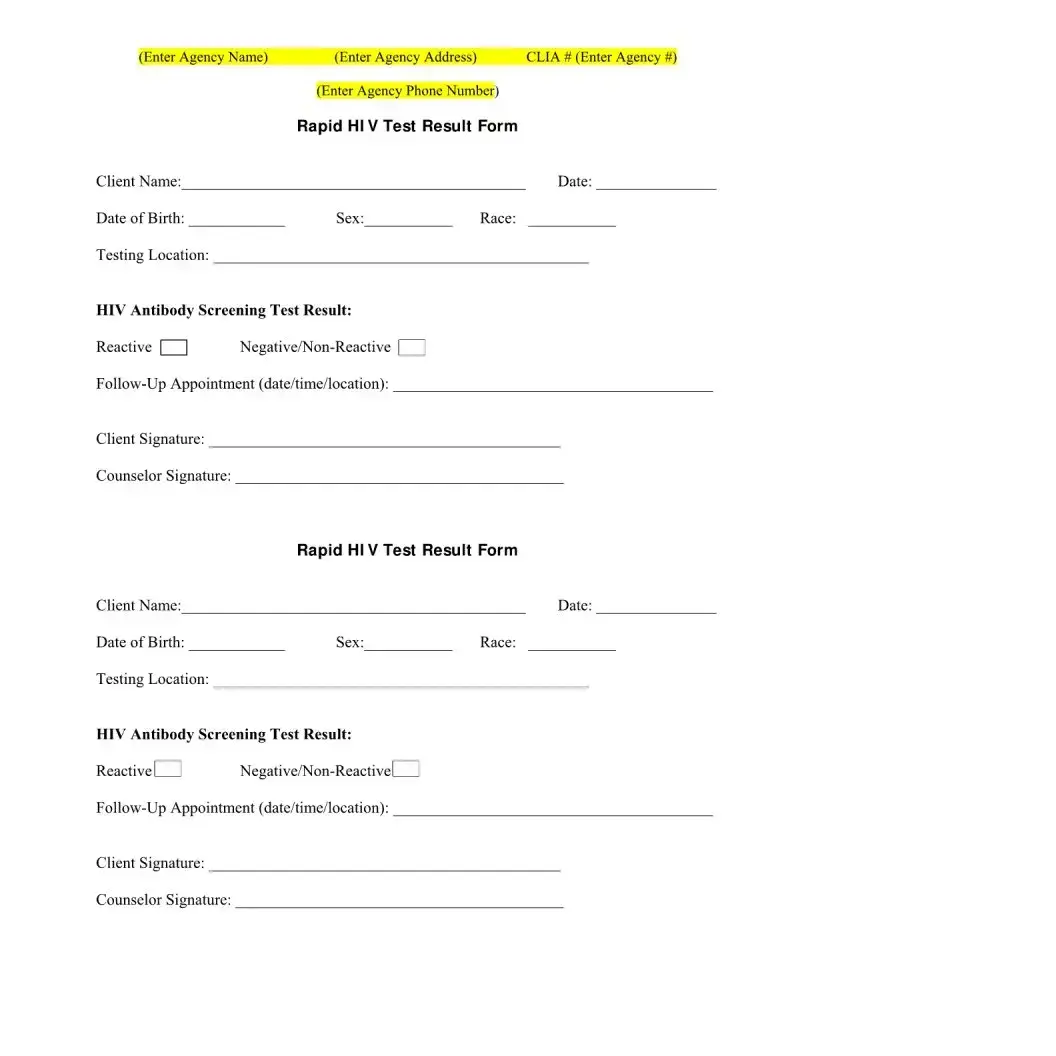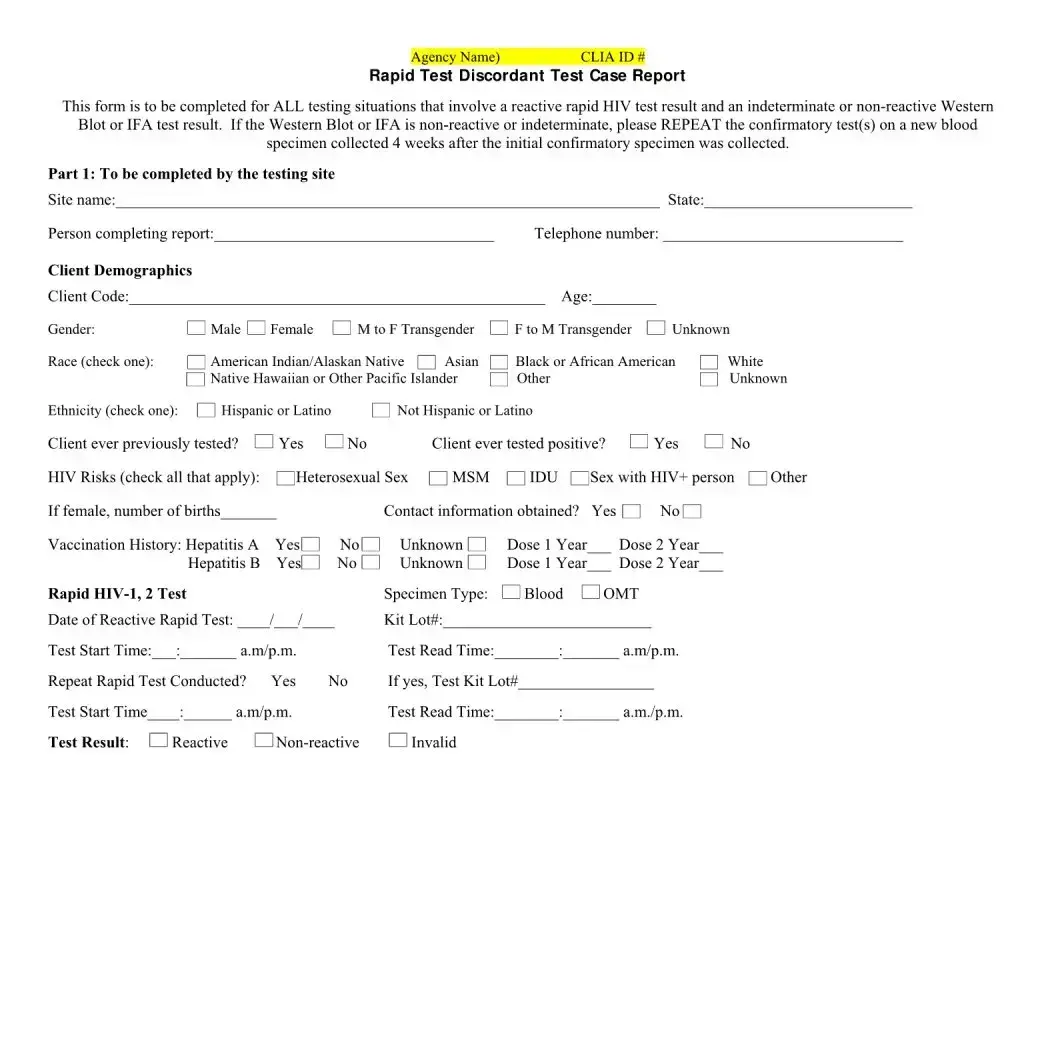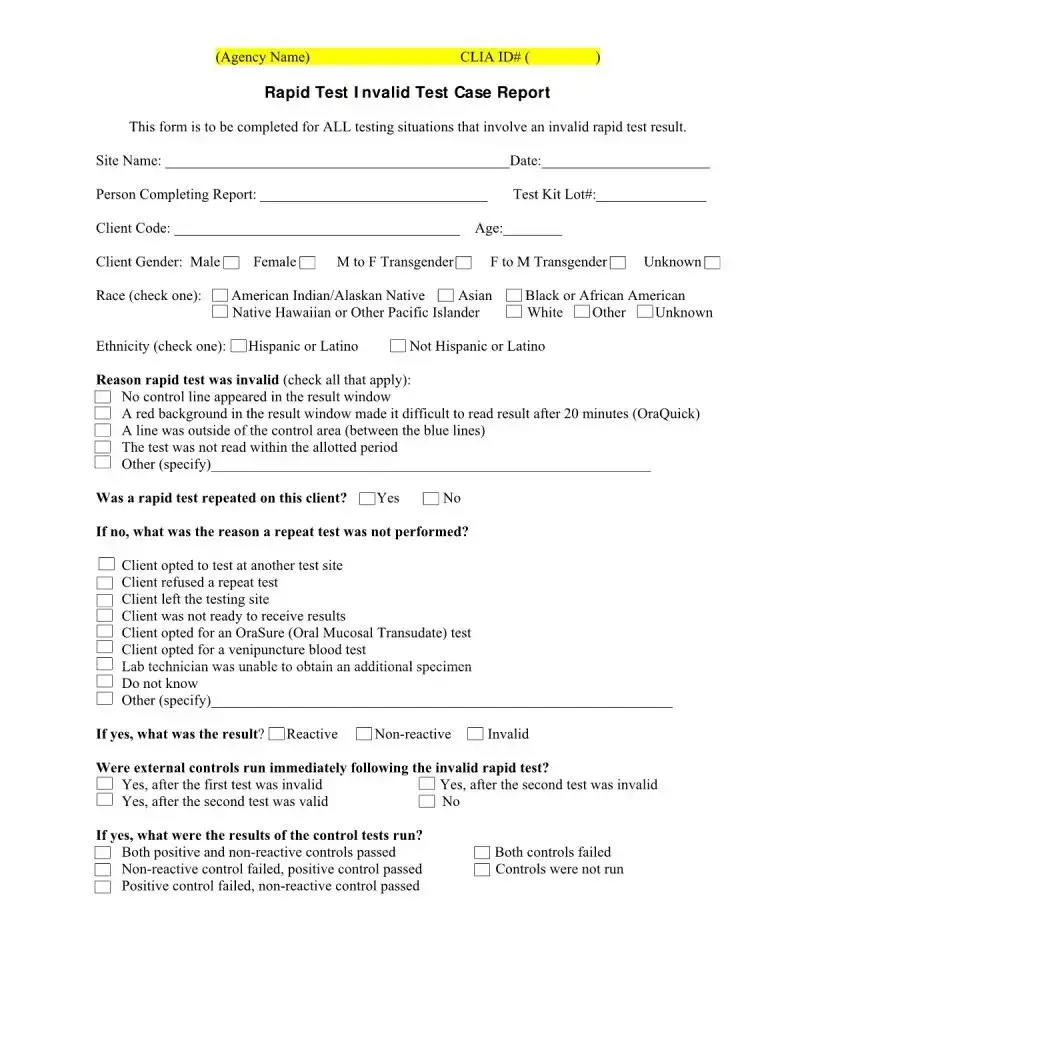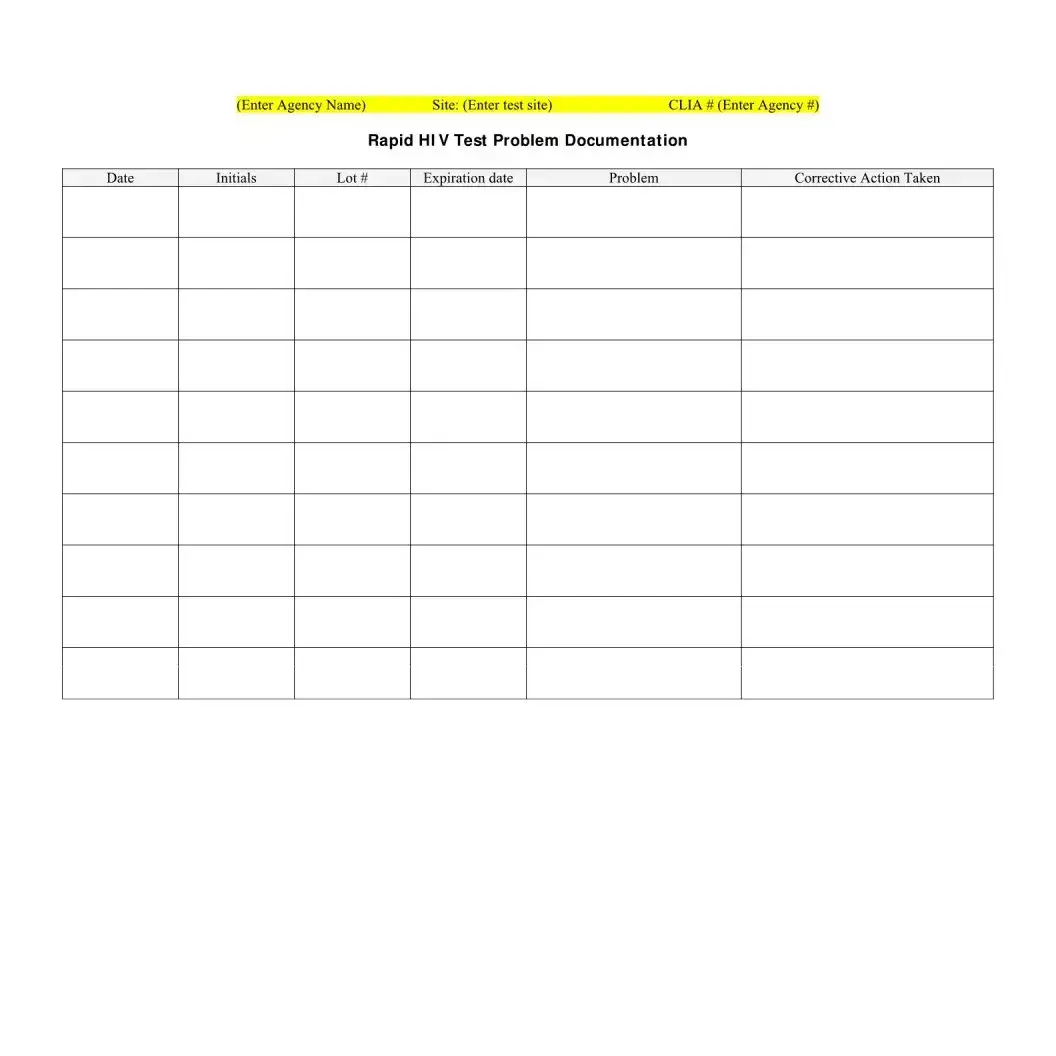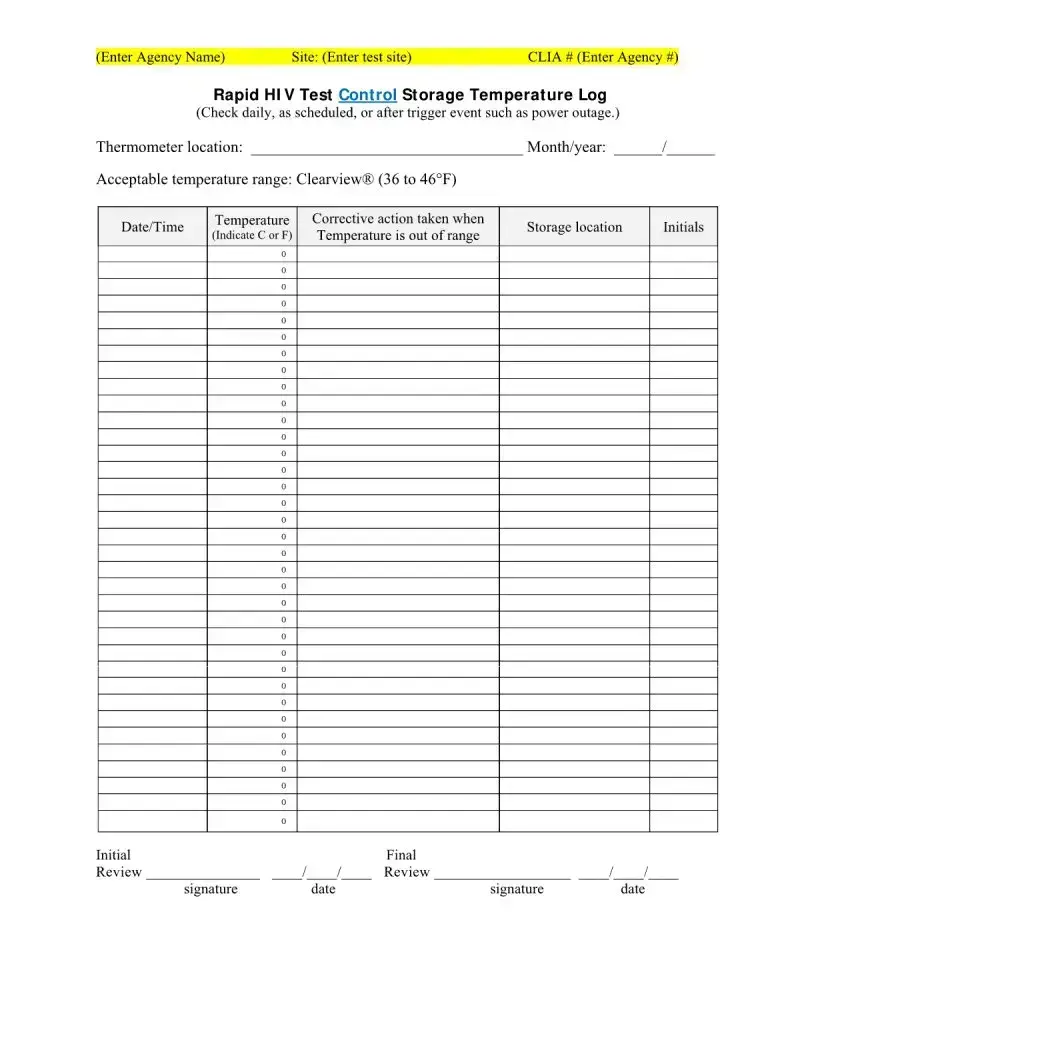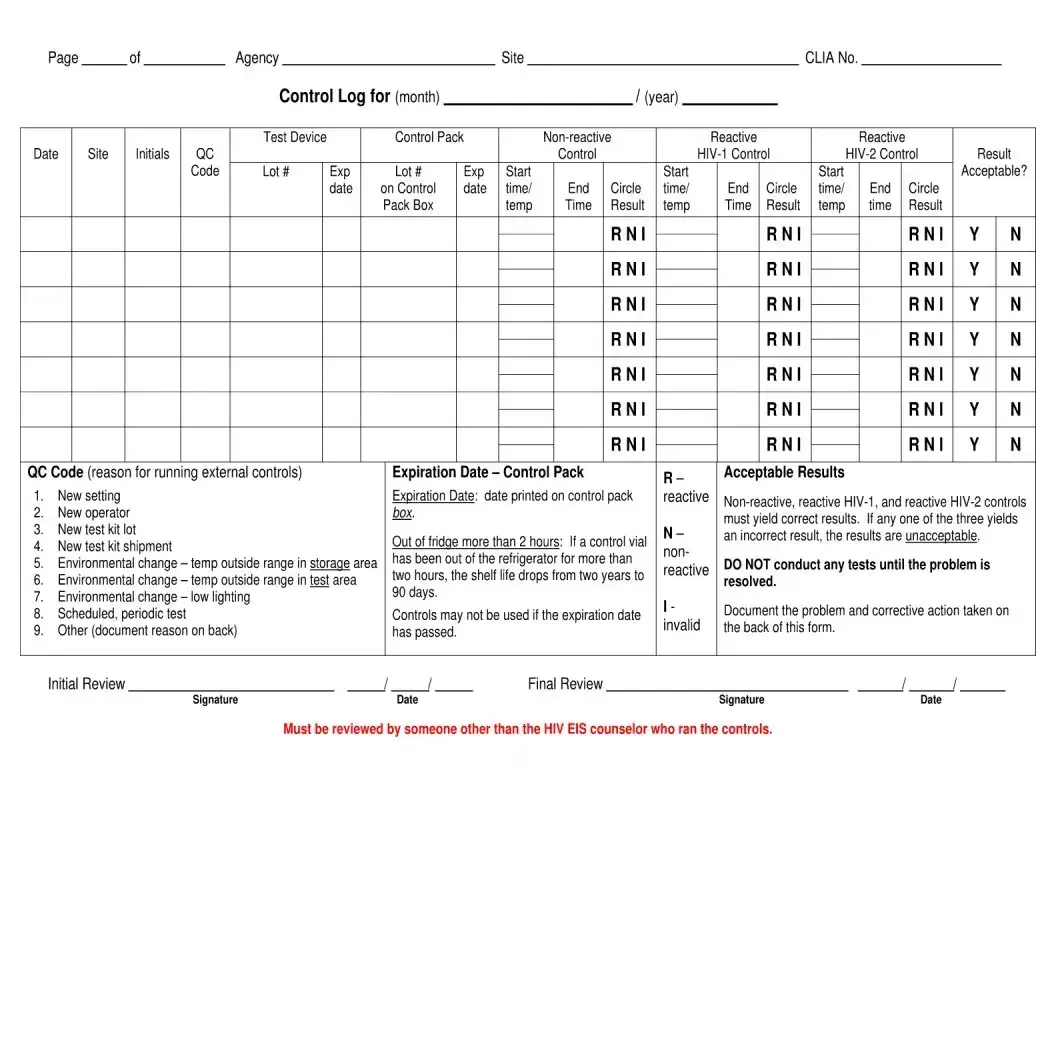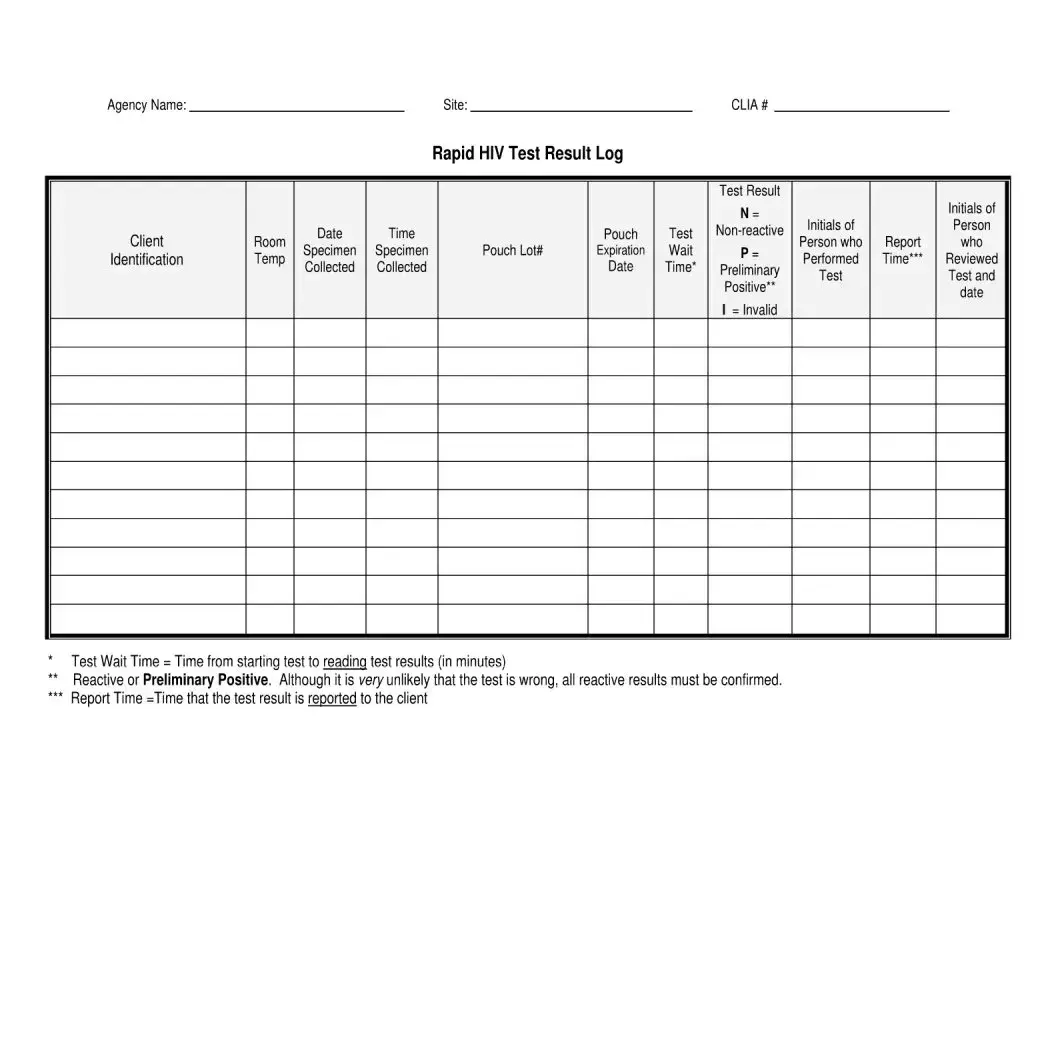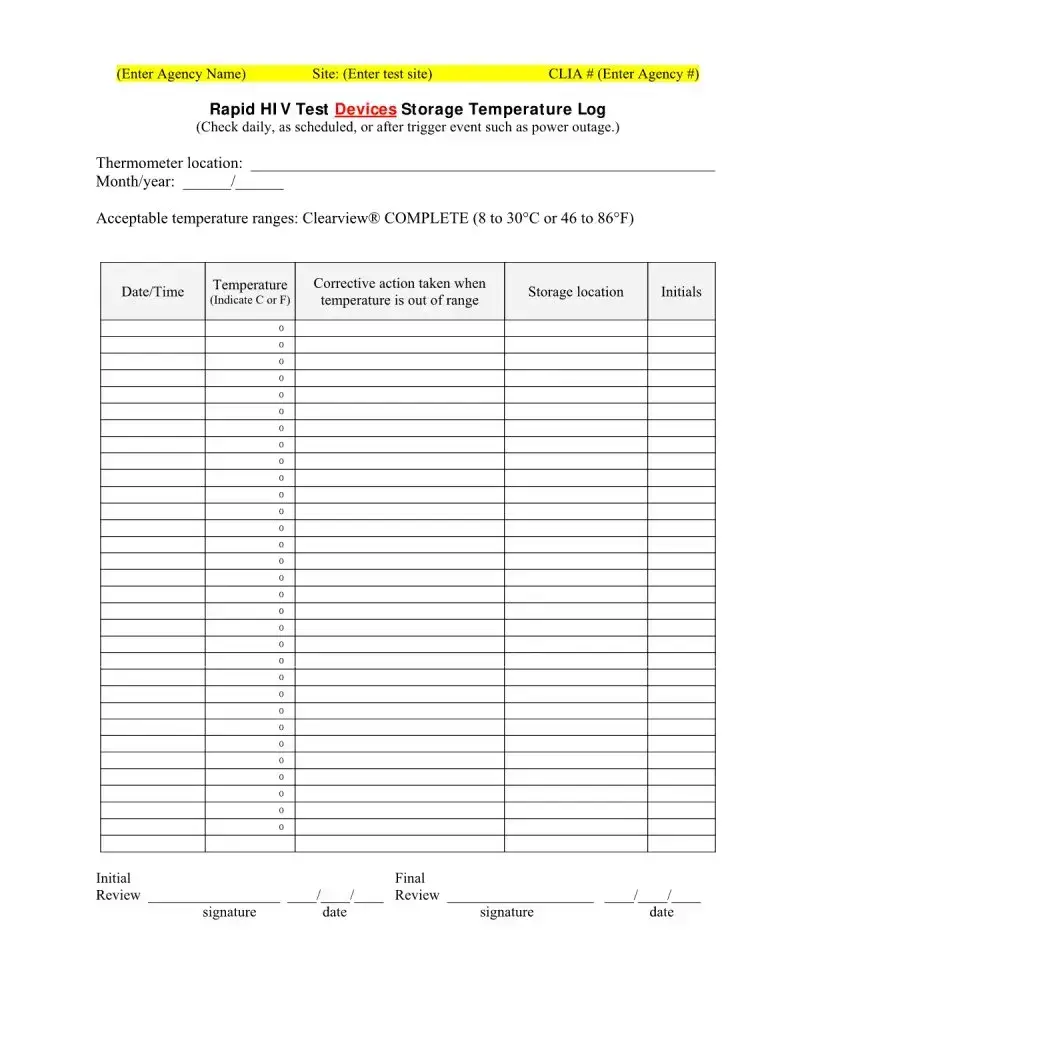When individuals fill out the Negative HIV Test form, several common mistakes can lead to complications or delays in processing. Understanding these pitfalls can help ensure that the form is completed accurately and efficiently.
One frequent error is failing to provide complete personal information. The form requires essential details such as the client's name, date of birth, and testing location. Omitting any of this information can cause significant delays in processing the test results. It is crucial for clients to double-check that all fields are filled in before submitting the form.
Another common mistake involves incorrect date entries. Dates must be accurate, particularly the date of birth and the date of testing. If these dates are mismatched or incorrectly formatted, it can create confusion and may necessitate additional follow-up. Clients should ensure that they use the correct format and verify the dates before signing the form.
Inaccurate selection of the HIV Antibody Screening Test Result is also a significant issue. Clients must clearly indicate whether the result is reactive or negative/non-reactive. Mismarking this section can lead to misunderstandings regarding the client's health status. It is advisable for clients to take their time and confirm their selection.
Additionally, failing to sign the form can be a critical oversight. Both the client and the counselor must provide their signatures to validate the test result. Without these signatures, the form may be considered incomplete, which can delay the reporting of results.
Another mistake arises from neglecting to document the follow-up appointment. This section is vital for ensuring that clients receive necessary counseling or additional testing, if required. Leaving this blank can hinder the continuity of care that is essential for individuals undergoing HIV testing.
Clients may also overlook the importance of temperature logs for the testing devices. The form includes sections for recording the storage temperature of the test devices. If these logs are not filled out correctly or are missing, it can raise questions about the reliability of the test results. Proper documentation ensures that the testing conditions were suitable.
Inaccurate information regarding the person who performed the test and the person who reviewed the test can lead to confusion. Clients should ensure that the correct names and signatures are recorded in these sections. This helps maintain accountability and traceability in the testing process.
Finally, clients often fail to understand the significance of the test wait time and report time. These details are crucial for the testing process and should be accurately recorded. Misreporting these times can affect the interpretation of results and the overall testing experience.
By being mindful of these common mistakes, individuals can help ensure that their Negative HIV Test forms are completed correctly, facilitating timely and accurate processing of their test results.
